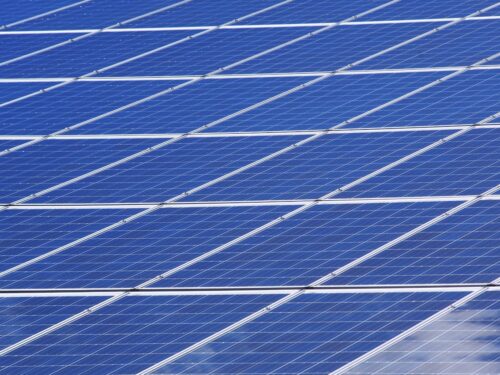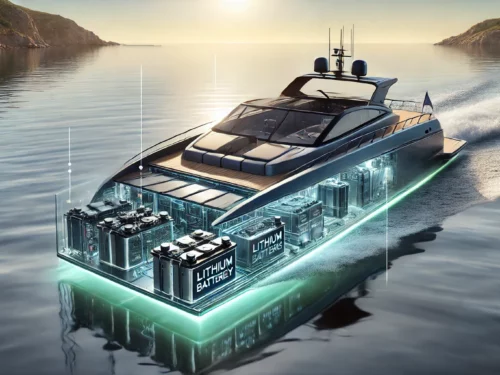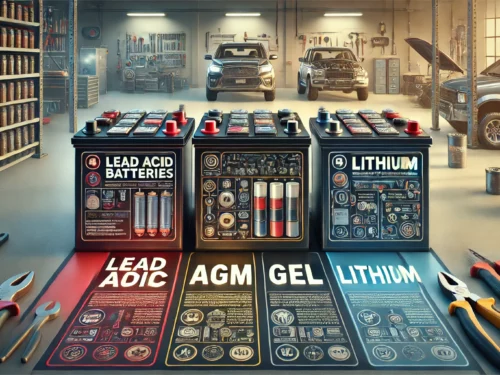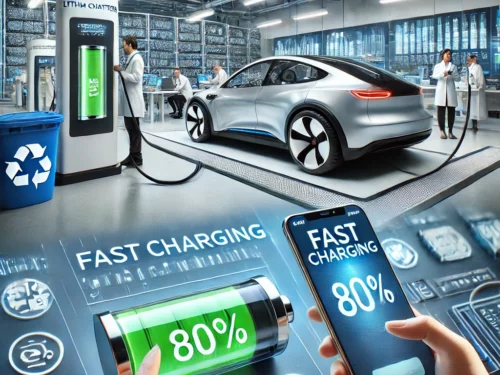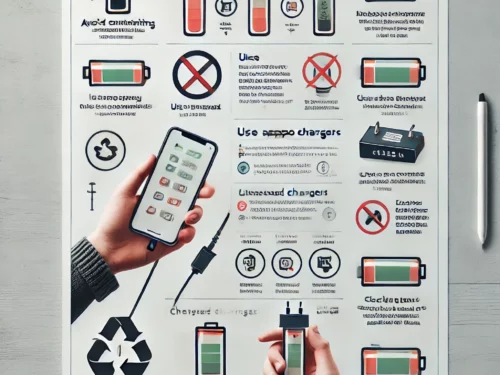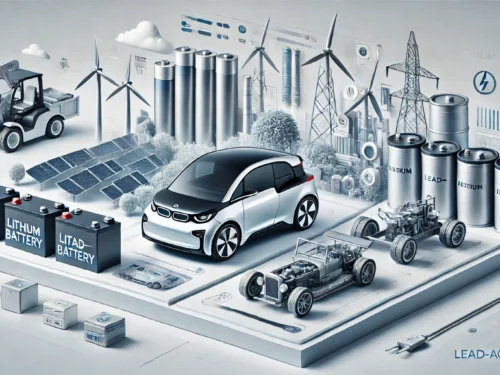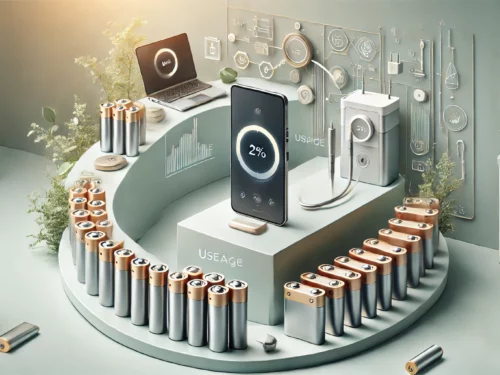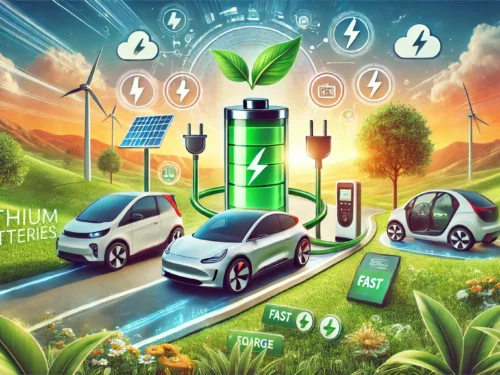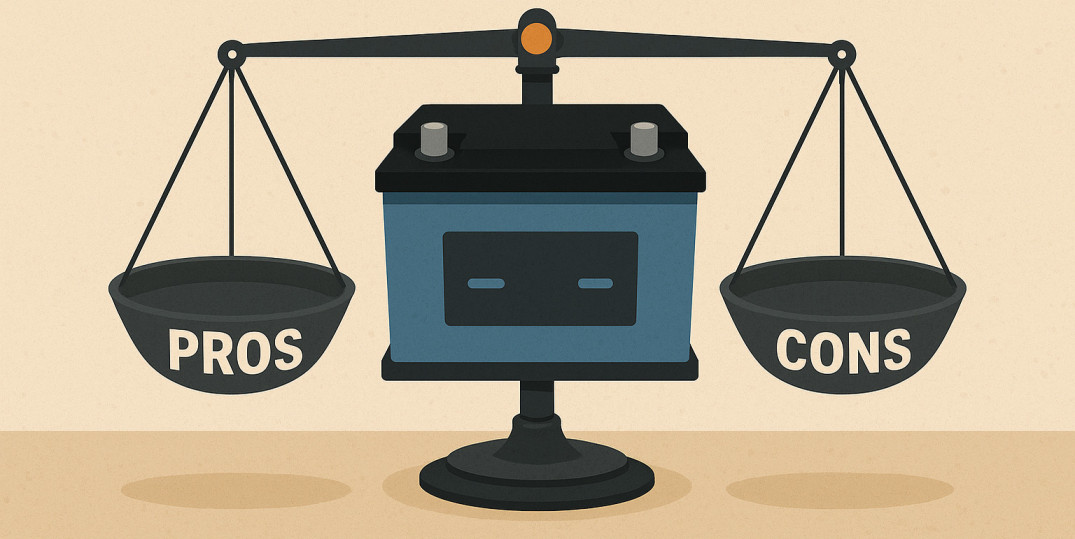
It’s 2025. You’re shopping for a battery. Maybe it’s your first time buying one for solar storage. Or maybe you’re upgrading your setup.
And now you’re staring down the gel battery option.
Here’s what you need to know—before you click “add to cart.”
What Are Gel Batteries, and Why Do They Still Matter?
Gel batteries are a type of sealed lead-acid battery. Instead of liquid electrolyte, they use a thickened gel. That gel stays put. It doesn’t leak or spill.
They’re tough, quiet, and low-maintenance. That’s why they’ve stuck around.
At GTK Marine Power, we still offer gel batteries. And for some users, they’re the perfect fit. But there’s no one-size-fits-all. You need to match the battery to the job.
The Pros of Gel Batteries in 2025
- Maintenance-free: No need to add water. No corrosion. No cleanup.
- Spill-proof: You can mount them sideways without leaks.
- Shock and vibration resistant: Great for boats, RVs, and mobile setups.
- Safe in enclosed spaces: No gas emissions, unlike flooded lead-acid.
- Handles deep discharge better than standard lead-acid.
They’re especially useful in setups where reliability matters more than cutting-edge features. Think backup systems, rural installations, or tight marine compartments.
When a Gel Battery Might Be Right for You
Ask yourself:
- Are you looking for a solid battery on a budget?
- Will your power demands be moderate or occasional?
- Do you prefer proven, low-maintenance tech?
If you answered yes, gel might be your guy.
At GTK, we’ve supplied gel batteries for everything from remote telemetry stations to yacht banks to off-grid cabins. For straightforward setups, they deliver.
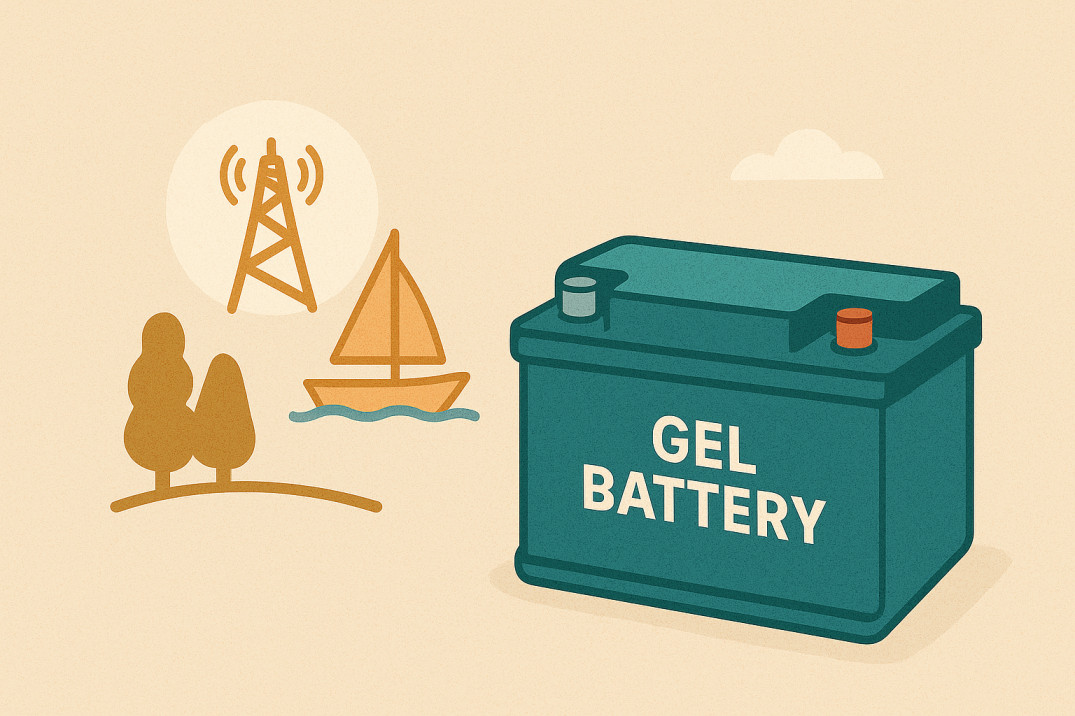
The Downsides You Should Know
- Charging has to be precise: Overvoltage shortens lifespan.
- Less efficient: They lose more energy during charge/discharge.
- Heavier than modern alternatives.
- Can’t use full capacity: You’ll want to stay around 50–60% depth of discharge.
- Slower charging times.
That’s why we always ask what your goals are before recommending gel. It’s not about new vs. old—it’s about fit.
What About Lithium?
It’s the new kid everyone’s talking about.
Lithium Iron Phosphate (LiFePO4) offers:
- 3000–5000+ cycles
- Up to 100% usable capacity
- Fast charging
- Lightweight
- Built-in battery management systems (BMS)
Lithium is ideal for high-usage, high-performance systems. You pay more upfront, but it pays back over time. If your energy use is heavy, or your solar production is inconsistent, lithium gives you more control.
So why keep gel around at all?
Because not everyone needs a battery that talks to their app.
AGM vs. Gel—What’s the Difference?
Both are sealed lead-acid. But gel has the edge in longevity and safety.
- AGM: Better for high loads, shorter lifespan
- Gel: Better for deep discharge, more resistant to temperature swings
If your solar needs are modest, gel will outlast AGM. Especially if it’s being charged slowly from a small panel setup.
Let’s Talk Use Case: Who Should Buy Gel Batteries?
You’re the right customer for gel if:
- Your system is compact or mobile (think RV, boat, remote site)
- You want something safer and more resilient than flooded lead-acid
- You need to stay within a strict budget
We’ve helped hundreds of customers fit gel batteries into dependable solar systems that work quietly in the background for years. No drama. Just steady power.
Final Word Before You Shop
There’s no wrong battery—only the wrong battery for your situation.
Gel isn’t outdated. It’s refined. Reliable. Trusted.
If you’re setting up a smart, balanced solar system where durability matters more than bells and whistles, GTK’s gel batteries still punch above their weight.
Just don’t forget to size them properly. Use the right charger. And—this one’s important—don’t skip the manual.
Because even the best battery won’t fix a bad install.
Now… are gel batteries worth it in 2025?
They might be worth it to you.
If you’re still not sure, talk to us.
We’ll help you make the right call—for your system, your space, and your budget.
“Technology is best when it brings people together.” – Matt Mullenweg
Or at the very least—when it keeps your fridge running off-grid.

